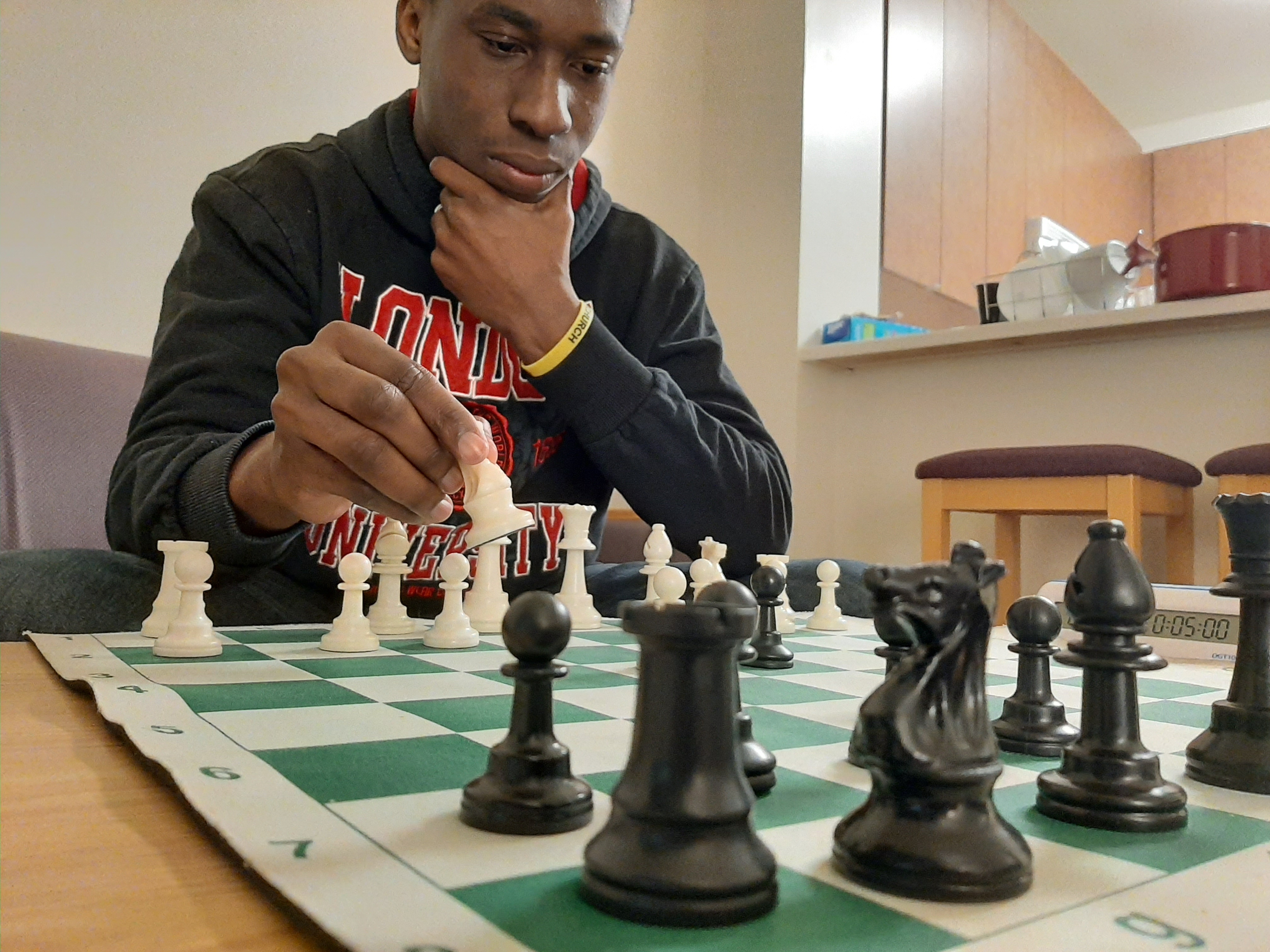-
>
>
>
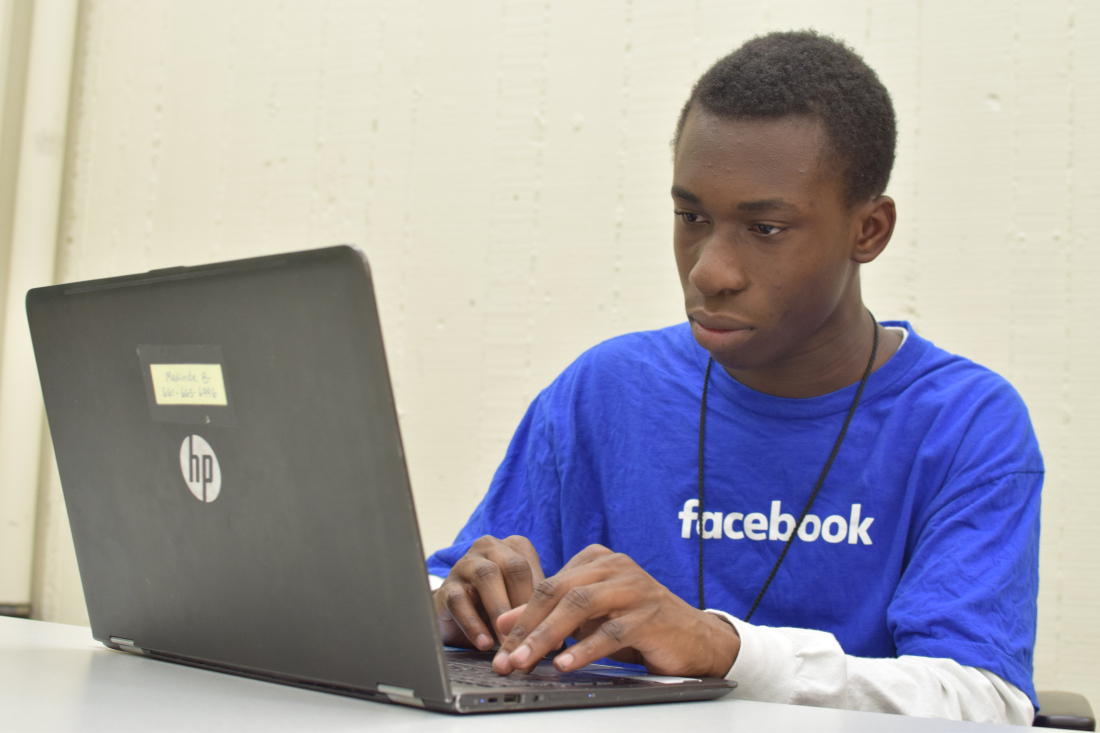
Student at Califronia Polytechnic State University, San Luis Obispo who has a passion for Computer Science.
8 years of experience in C# programming
3 years of experience in C++ programming
1 year of experience in Java programming
Experience in Python programming

Experience in Database querying with SQL

Experience in SystemVerilog programming
Experience developing with React
Experience with developing Virtual and Augmented Reality

Designed, Modeled, and Animated in Blender
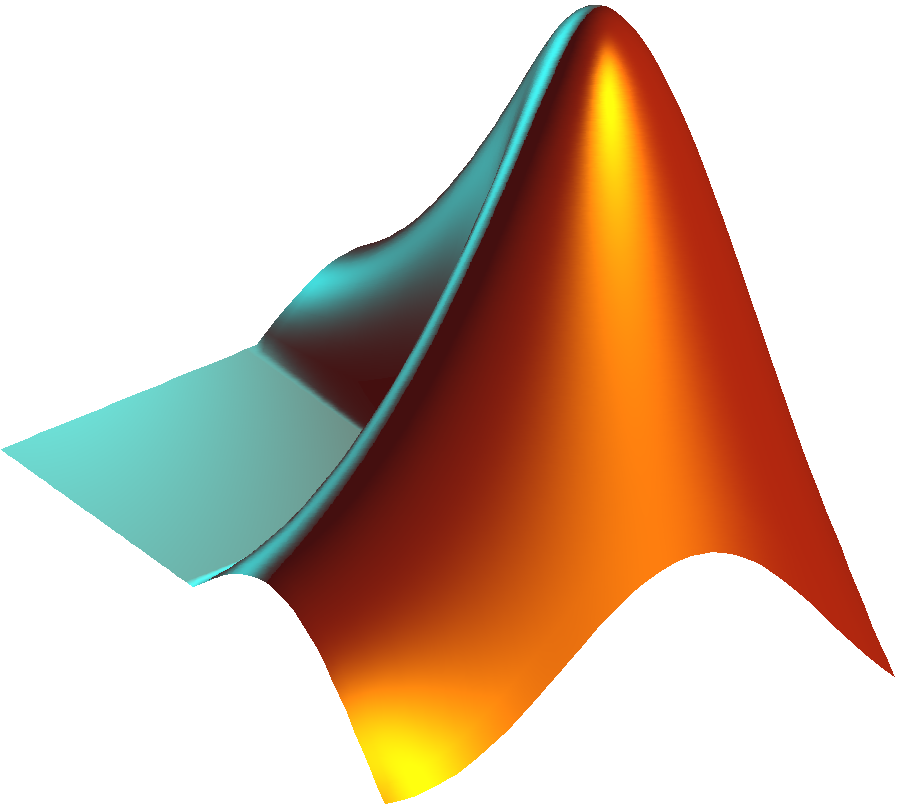
Circuit Analysis and Modeling with MATLAB
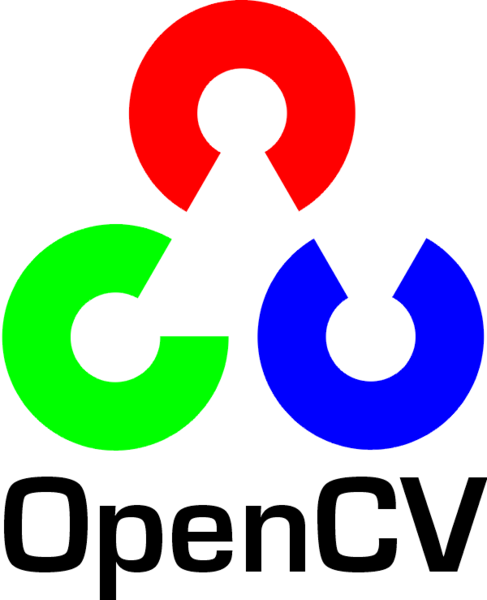
Experience with Image Processing in OpenCV
Circuit Analysis and Filter Design with LTSpice
Experience integrating trained models with Tensorflow
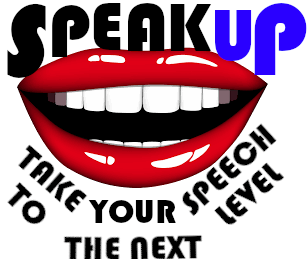
SpeakUP is a virtual public speaking assistant that helps people to practice speaking in front of simulated audiences. While a user speaks to the simulated crowd, SpeakUP uses machine learning to measure and analyze the user's performance in real time and give feedback at the end of the user's speech.
SpeakUP was written in C# in the .NET framework. The project uses a Plugin called Affdex which is also written in C# and parces the data for statistically relevant information. The information then is used in running-average lists to score the user and give the user feedback on where they could improve.
SpeakUP was created completely on the Unity Engine. My parter and I made use of Unity Engines UI and 2D rendering capabilities to give our user the best experience using the product. The Plugin called Affdex is also a Unity SDK.
SpeakUP uses a Virtually simulated environment to best simulate a real speaking event.
SpeakUP was written using Visual Studio Code software.
Github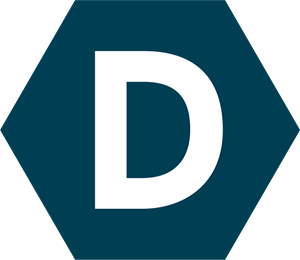 Devpost
Devpost
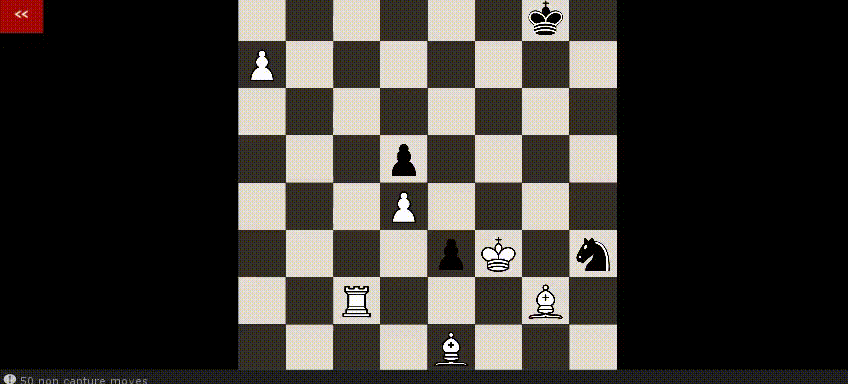
A platform for answering and analyzing statistical based chess questions. With a team of 3 we constructed a system to run a lot of simulations with configurable chess engines.
The Chess Engine was written in C# in the .NET framework.
The initial version of the Chess Engine was written in JavaScript through console. It was translated to C# because it allowed for more SDK and plugin support and to clean up the code.
The Chess Engine moved to Unity Engine from console primarily for the UI. Although console had much better run-times, the scalibility, eye-testing and aesthetics, was much greater through the Unity Engine.
The Chess Engine was written using Visual Studio Code software.
Github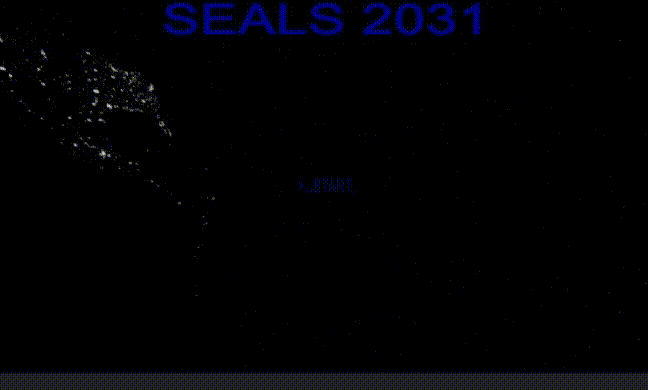
A multiplayer First Person Shooter that has seamless menu-to-game transition (no loading screens!), advanced character customization, and fully interactable environments.
The Game is mostly written in C# in the .NET framework.
The Game was started in JavaScript and a little C# in 2008 but had to be converted to pure C# when Unity Engine deprecated JavaScript in 2017.
The Game is mainly constructed in Unity Engine. This game takes advantage of many aspects of the Unity Engine including AI, Physics, Lighting, Render Pipelines, Animation, Shaders, and Modeling.
The Game makes use of several Blender models, algorithms, and animations we created. These models include: Building Infrastructure, Weaponry, and Character Design(over 200 blendshapes). Blender was used to create fractured submeshes for most of the destructible objects in our levels. Blender was also used for skinning, weighting, and animating the main player mesh and some weapons.
The Game makes use of several Google SketchUp models. Google SketchUp was the original tool we used for modeling our levels.
The Game makes use of a few AutoCAD building models I built.
The project was started using MonoDevelop in 2012 but switched to Visual Studio Code in late 2018.
Github"Given a list of cities and the distances between each pair of cities, what is the shortest possible route that visits each city and returns to the origin city?" I built this Traveling Salesman Problem algorithm using Unity3D to test different geometric approaches to solving the problem.
The latest version of this project is made with C# in the .NET framework.
One of the earlier versions of this project was written in JavaScript until it was converted to pure C# when Unity Engine deprecated JavaScript in 2017.
The final version of this project is made with Unity Engine. The project is physically based so it heavily relies on Unity's physics engine to make accurate and quick calculations.
This project was written using Visual Studio Code software.
Github RUNDR.VR is a tool to give virtual check-ups. With the power of Virtual and Augmented Reality, Dr.VR can make diagnoses through physically detectible diseases such as: Color Blindness, Presbycusis, Parkinson's Disease, and more.
The project is written purely in C#.
Unity Engine provided us with excellent VR and AR capabilities for this project. On top of this, Unity Engine allowed for us to read and write files to local directories to log patient history.
DR.VR uses both Virtual and Augment Reality to gather data about the patient. Virtual Reality is used to take visual based tests and augmented reality is used to take physical tests. This project used the Occulus Rift platform for Virtual Reality and Vuforia for Augmented Reality.
DR.VR's project page was built with the latest version of HTML, HTML5
DR.VR's project page was built with the latest version of CSS, CSS3
DR.VR's project page was built with the latest version of Bootstrap, Bootstrap 4
DR.VR's project page uses Google Analytics to moderate Web Traffic.
DR.VR was written using Visual Studio Code software.
 Devpost
Devpost
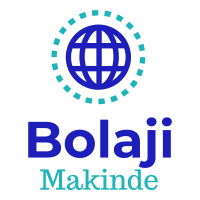
My personal website contains all of my past projects, skills, and hobbies.
This project features JavaScript for the filtering effect caused by clicking on Skill Icons, for the navigation bar showing and hiding upon scrolling, and for the ability to run Processing Files.
This project was built with the latest version of HTML, HTML5
This project was built with the latest version of CSS, CSS3
This project was built with the latest version of Bootstrap, Bootstrap 4
This project uses Google Analytics to moderate Web Traffic.
This website was written using Visual Studio Code IDE.
Github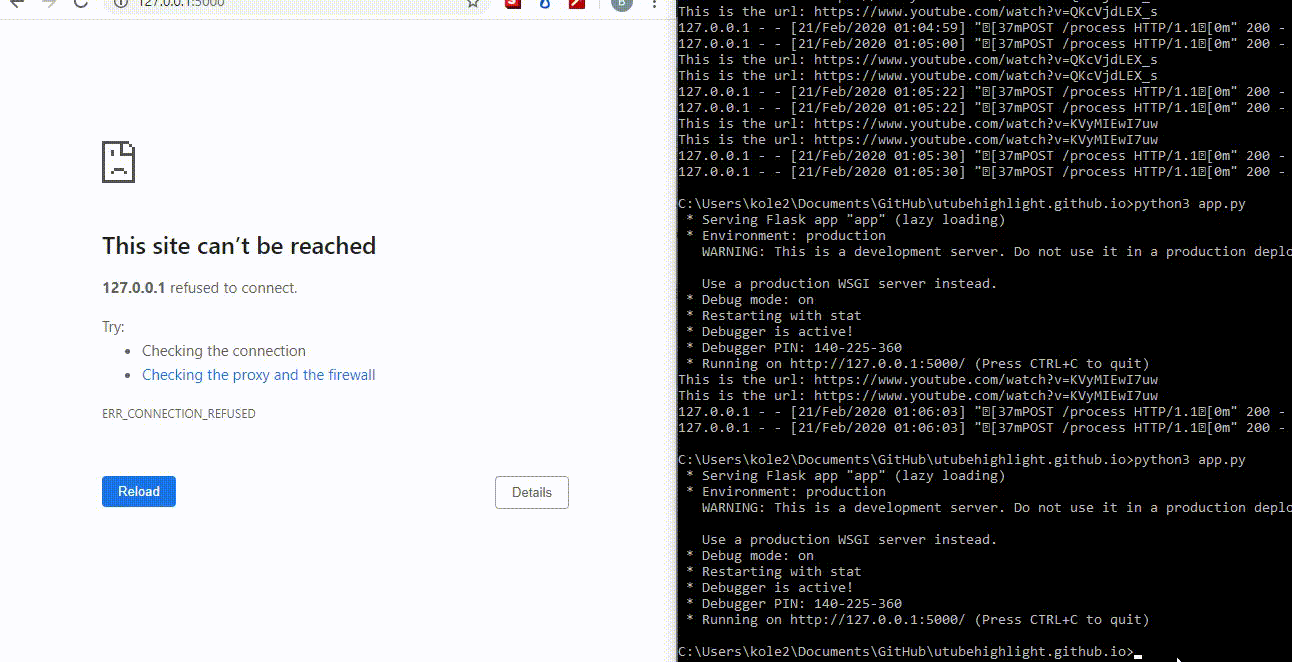
YouTube HI-LITE allows you to perform machine learning analysis on videos directly from Youtube with just a link. It works on livestreams as well! (Only supported by desktop WINDOWS).
This project features JavaScript for querying commands to and from Python for image processing.
This project was built with the latest version of HTML, HTML5
This project was built with the latest version of CSS, CSS3
This project was built with the latest version of Bootstrap, Bootstrap 4
This project was written using Python software.
This project used OpenCV Image Processing Software to do facial recognition on the loaded YouTube Videos.
This website was written using AJAX queries to load the Title and the Video.
This website was written using the Flask Framework.
This website was written using Visual Studio Code IDE.
Github WATCHSnake3D adds another dimension of complication to classical Snake. Put your Snake skills to the test and click the run button below (Only supported by desktop).
3D snake was written completely in Java.
This project was constructed with the latest version of Processing, Processing 3.
Github RUN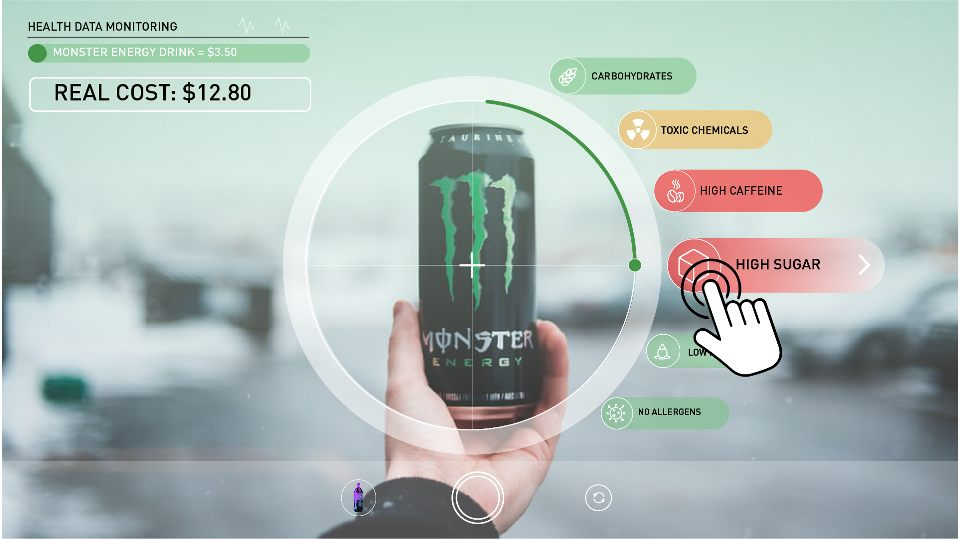
Hidden Costs is a tool to visibly and audibly percieve a food product's enironmental impact, carbon footprint, and easily detectible nutritional facts before making a purchase.
Hidden Costs main functionality was written in C#. This project made use of a TensorFlow C# plugin called TensorFlowSharp.
Hidden Costs used Augmented Reality to render the detected objects of the camera with overlay, localized bounding boxes, and informational facts about the detected products.
Hidden Costs used Unity Engine at its core. Upon object detection using a model trained to detect food, the detected object was queried to a MySQL database where information about each product in the trained model was stored. Once the information was recieved Unity rendered the relevant information overlayed with the input image.
Hidden Costs used pretrained models from TensorFlow to have image classification and object tracking data overlayed with the camera for the HUD and for querying information to MySQL.
Hidden Costs queried product information from a database using SQL.
Hidden Costs was written using Visual Studio Code software.
Github Devpost
Devpost
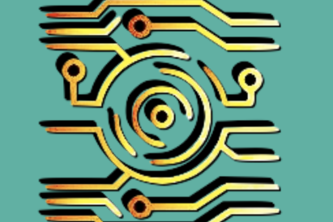
RealEyes is an application that allows the user to have superhuman visual and audio recognition capabilities.
RealEyes uses JavaScript on the Front-end for many of the React components.
RealEyes uses Python on the back end to store files on servers and integrate Microsoft Azure's FACE API which was responsible for the image recognition.
RealEyes was built with the latest version of HTML, HTML5.
RealEyes was built with the latest version of CSS, CSS3.
RealEyes uses React v 16.10.2 for all of the compnents rendered on the Front-end.
RealEyes was written using Visual Studio Code software.
Github Devpost
Devpost
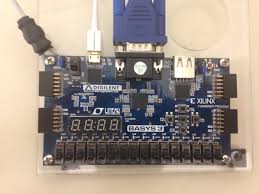
Using a Xilinx Digilent Basys 3 Board, in SystemVerilog I created a RAT MCU with an Arithmetic Logic Unit(ALU) Stack Pointer, Interrupts, and 256x10 RAM.
The RAT MCU was written using System Verilog. The following were programmed using SystemVerilog: Program ROM, Program Counter, RAM, ALU, Control Unit, Stack Pointer, Interrupts, and Button Bounce.
The RAT MCU was Designed, Synthesisized, Implemented, and Simulated in Vivado.
Created a Prism Box that adjusted three (rgb)LEDs based on audio inputs. The core of the project was an Arduino board with a microphone sensor.
The Circuit Board Design was tested in DipTrace before creating the PRISM LED Project.
Designed a network that attenuated an interfering signal.
The Filter was created and simulated with LTSpice
I used MATLAB to visualize the Fast Fourier Transforms of the input and desired output of the signal to decide the components and their associated values for the network filter.
In a team of 4, we constructed this Smart Robot Car. I focused mostly on the programming for the car.
I programmed the car in C++ in the Arduino IDE.
I am currently developing a project with a professor and another student based on AI decisions in the game Spades.
The project is currently using this GitHub repository.
The goal of this project is to see how Machine Learning Computers prefer to play Spades.
Most of my private research revolved around analyzing algorihms for the Traveling Salesman Problem.
I am currently working with a team of 3 on a Research Project, DR.VR, that we have submitted to the John Hopkins' Research Design Competition for Global Health. Here is a 2 page summary of our work.
In my free time, I enjoy chess, basketball, soccer, geography, and game development. I enjoy spending my time learning new technologies to help me improve.
I have been playing chess for the past 4 years. I started in my Junior year of highschool and I have dedicated a lot of time towards getting better at the game. I enjoy the opening the most because that is where a lot of hidden creativity lies. I spend my time studying the first 5 to 20 moves of the game, to try to steer the middle game in my favor. Playing chess makes me a better programmer.
I play basketball and soccer often in my schools Recreational Center.
Geography is one of my favorite subjects. Since Elementary school I have enjoyed learning about the different cultures and history.
I have been doing Game Development since late 2011 with my younger brother. We first started off using a media software called Scrath and gradually moved our way through more advanced software including(Alice, Processing, and GameMaker). We finally settled with Unity and thus far have not been limited in capabilities.
Our longest running project is a Multiplayer First Person Shooter that we have been developing for about 8 years. This project has given us a lot of exposure to all aspects of game and product development because we had to deal with all of the problems by ourselves. From the AI opponents to networking dynamic level changes to UI/UX, we taught ourselves the skills needed to conquer this project. Our success in learning new ways to do things and improving our game has consistently motivated us to keep on working on our game.
